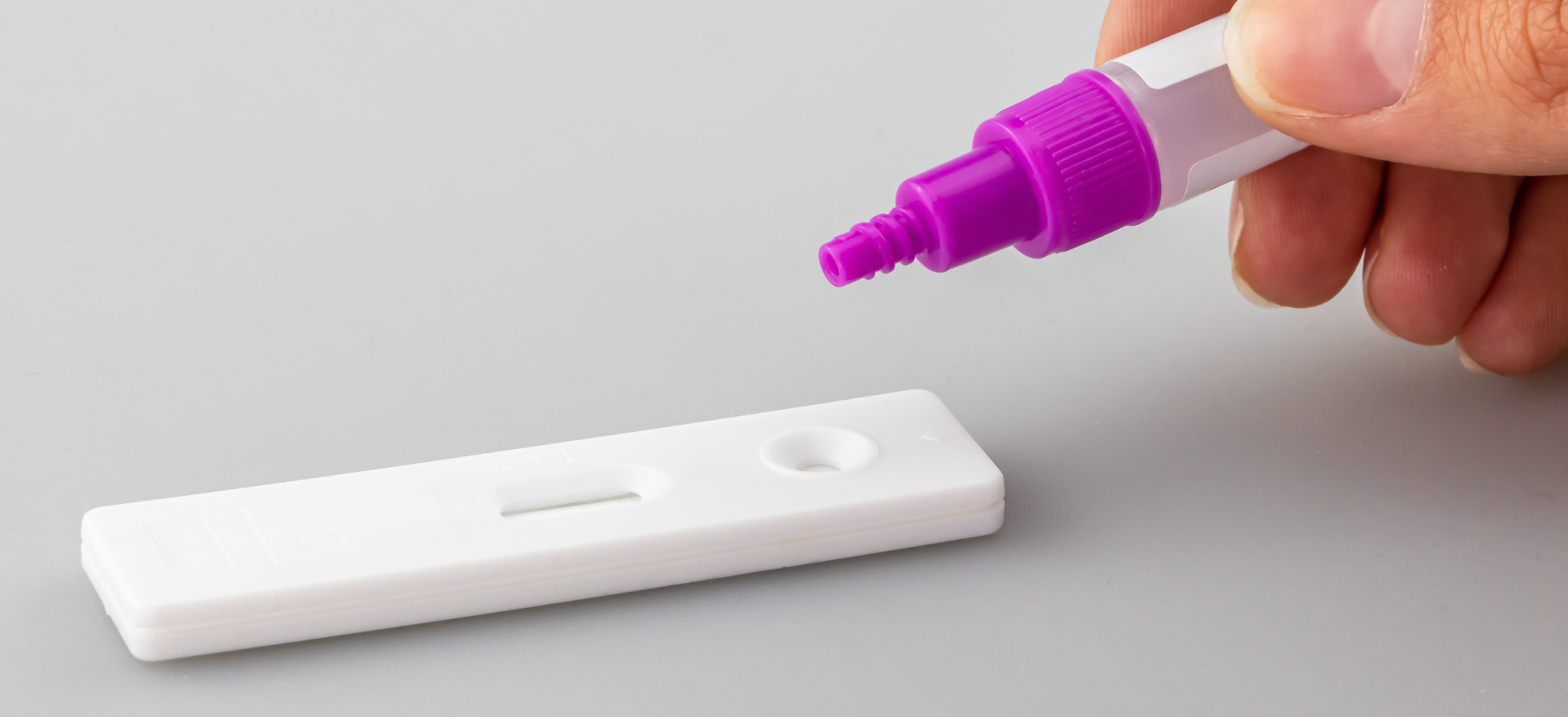
Artificial intelligence is everywhere, even though we normally can't 'see' it. From what Netflix recommends we watch to the answers Alexa gives us to random questions, AI is at work behind-the-scenes.
Now an AI-based app may be able to help reduce false readings on lateral flow tests for Covid-19.
In a trial, involving Professor Camila Caiado from our Department of Mathematical Sciences, machine learning was used to take the guesswork out of the faint line on lateral flow tests.
The AI app saw an increase in the sensitivity of the tests, reducing the numbers of false negatives.
Faint line problem
Covid-19 has meant diagnostic testing has become familiar to many more people in society. However, one of the drawbacks of lateral flow testing for Covid-19 and tests using similar methods, such as some pregnancy tests, is the 'faint line' where it doesn't always give a clear answer.
The app, which requires the users to take a picture of the test, uses machine learning to assess this and creates a threshold for whether a very faint line is there or not.
AI technology
In the trial, the research team worked with testing centres for the general public and with health care workers carrying out their own tests, with more than 100,000 images submitted as part of the study. The algorithm was able to increase the sensitivity of results – the accuracy rate of a true positive and false negative - from 92 per cent to 97.6 per cent.
The promise of this AI technology could be used in other applications, both to reduce uncertainty about test results and provide a crucial support for visually impaired people for example.






